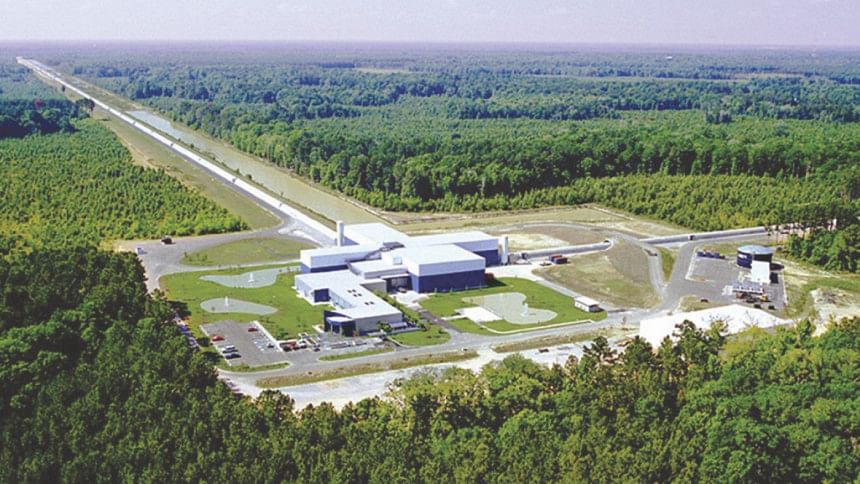Know the new ears of the universe

The Laser Interferometer Gravitational-Wave Observatory (LIGO) is designed to open the field of gravitational-wave astrophysics through the direct detection of gravitational waves predicted by Einstein's General Theory of Relativity. LIGO's multi-kilometer-scale gravitational wave detectors use laser interferometry to measure the minute ripples in space-time caused by passing gravitational waves from cataclysmic cosmic sources such as the mergers of pairs of neutron stars or black holes, or by supernovae. LIGO consists of two widely separated interferometers within the United States—one in Hanford, Washington and the other in Livingston, Louisiana—operated in unison to detect gravitational waves.
The design and construction of LIGO was carried out by LIGO Laboratory's team of scientists, engineers, and staff at the California Institute of Technology (Caltech) and the Massachusetts Institute of Technology (MIT), and collaborators from the over 80 scientific institutions world-wide that are members of the LIGO Scientific Collaboration.
LIGO is funded by the U.S. National Science Foundation and operated by the California Institute of Technology (Caltech) and the Massachusetts Institute of Technology (MIT).

 For all latest news, follow The Daily Star's Google News channel.
For all latest news, follow The Daily Star's Google News channel. 



Comments